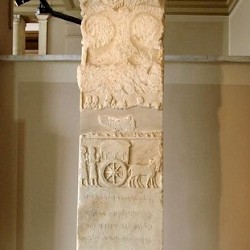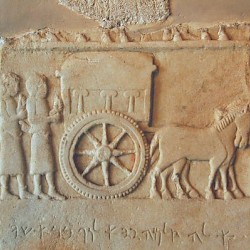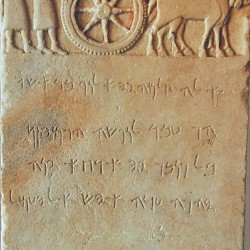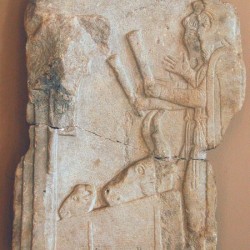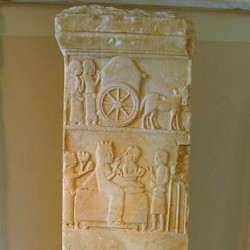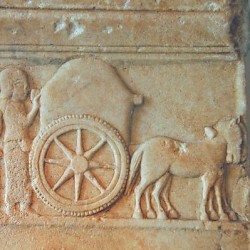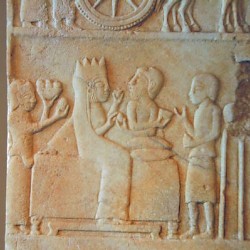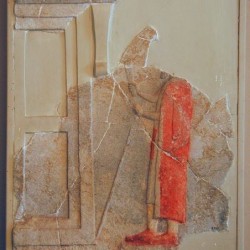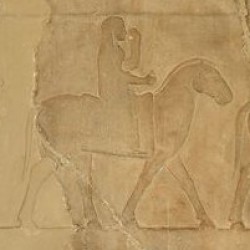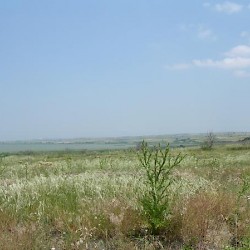Dascylium (Ergili)
Q1171924Dascylium: capital of the Persian satraps of Hellespontine Phrygia, modern Ergili.
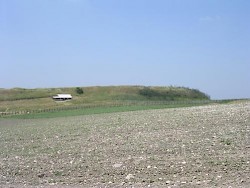
Dascylium, situated to the southeast of Lake Dascylitis on a bank of a river, was rediscovered in 1952 and has been excavated in 1954-1960 and since 1988. These excavations have shown that the town was already settled in the Bronze Age, which confirms reports by Dionysius of Halicarnassus, who mentions the town at the time of the Trojan War,note, and by Strabo, who says that Dascylium was settled by Aeolian colonists after that war.note
In the first quarter of the first millennium, Phrygians conquered Dascylium; from this period, walls and the foundations of a temple of Cybele have come to light. Later, the city was under Lydian suzerainty. According to legend, it was named after one Dascylus, who was the father of king Gyges. When the Persians took over the Lydian Empire (an event usually dated to 547 BCE), the town became the capital of the Persian satrapy of Hellespontine Phrygia and the residence of the Pharnacid dynasty (Artabazus, Pharnabazus, Pharnaces, Pharnabazus, Ariobarzanes, and Artabazus).
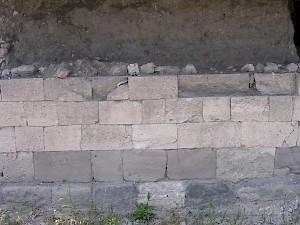
The architectural remains from this age are not very monumental - Dascylium is not a major tourist site - although a terrace wall was found that is similar to the retaining walls of the citadel of Pasargadae and the terrace walls of Persepolis.
In 395, the Persian city was captured by the Spartan king Agesilaus, who was waging war against the Persians in Asia Minor. During the Corinthian War, it became Persian again, until it was captured by Parmenion, a general of Alexander the Great, after the battle of the Granicus (334).note The town appears to have been assigned to Cyzicus.
The town is famous for several fifth-century reliefs, showing a/o Persian Magians performing sacrifices. Two stelas, one with an Aramaic inscription, show how funerary gifts are brought to a tomb.
In Antiquity, the town was well known for its park (paradeisos). Today, it is a nature reserve.
